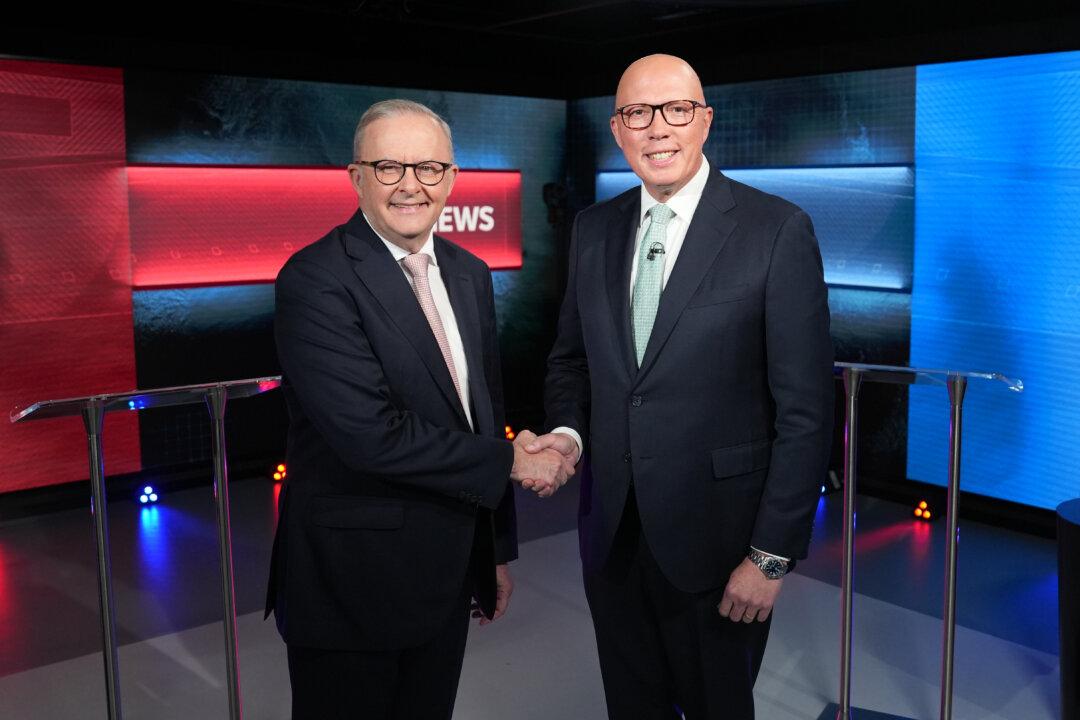The jobless rate is expected to remain in record-low territory heading toward the end of the year as the battle to hire workers rages on.
In October 32,200 jobs were added to the economy, driving the jobless rate back to 3.4 percent from 3.5 percent in September.
The unemployment rate is expected to remain in the mid-threes when the Australian Bureau of Statistics publishes labour force figures for November on Thursday.
But the jobs market is likely at capacity and unlikely to get any tighter, amid some signs it’s starting to come off its extraordinary peaks.
Job advertisement numbers fell in November for the sixth month in a row, suggesting the post-pandemic recruitment frenzy is starting to normalise as businesses recover and migration returns to normal.
Despite job ad numbers posted on SEEK’s employment marketplace starting to soften, they remain almost 40 percent above pre-pandemic levels.
With plenty of heat still left in the labour market, Commonwealth Bank economists expect the ABS data to show 15,000 jobs were added in November with the unemployment rate holding firm at 3.4 percent.
Kicking off a fresh week of economic news, the Australian Institute of Petroleum will publish a weekly fuel price report on Monday.
On Tuesday, the ANZ and Roy Morgan weekly consumer confidence survey will drop and most likely reveal another low score flowing from the rise in living costs on household budgets.
National Australia Bank will also release its business survey, which has been tracking positively in recent months despite economic headwinds facing businesses.
The ABS will also publish overseas arrivals and departures and monthly business turnover data on Tuesday, and CoreLogic will release a report on how the property market fared in 2022 and look ahead to the new year.
As well, the head of the Reserve Bank of Australia is due to speak at the AusPayNet Annual Summit on Wednesday.
Governor Philip Lowe’s speech could provide some clues for interest rate decisions in the new year, with some experts expecting a pause in February and others eyeing more rate hikes in early 2023.
Last week, the RBA hiked interest rates for the eighth month in a row, driving up repayments for mortgage holders.
Meanwhile, the Australian stock market is likely to start the week on a negative note, in line with the US market which lost ground on Friday.
Wall Street dipped as investors assessed economic data and awaited a potential 50-basis point interest rate hike by the US Federal Reserve at its policy meeting this week.
The S&P 500 declined 0.73 percent to end at 3,934.38 points, the Nasdaq declined 0.70 percent to 11,004.62 points, while the Dow Jones Industrial Average declined 0.90 percent to 33,476.46 points.
The most traded Australian stock market futures index contract dropped by 35 points to 7183 in after-hours trading, pointing the way to a softer opening on Monday.
In Australia on Friday, the benchmark S&P/ASX200 index closed 37.7 points, or 0.53 percent, to 7213.2, while the broader All Ordinaries climbed 37 points, or 0.5 percent, to 7406.4.
Over the week, the S&P/ASX200 was down 1.21 percent in its worst loss since the week ending October 21, when it also dropped 1.2 percent.





